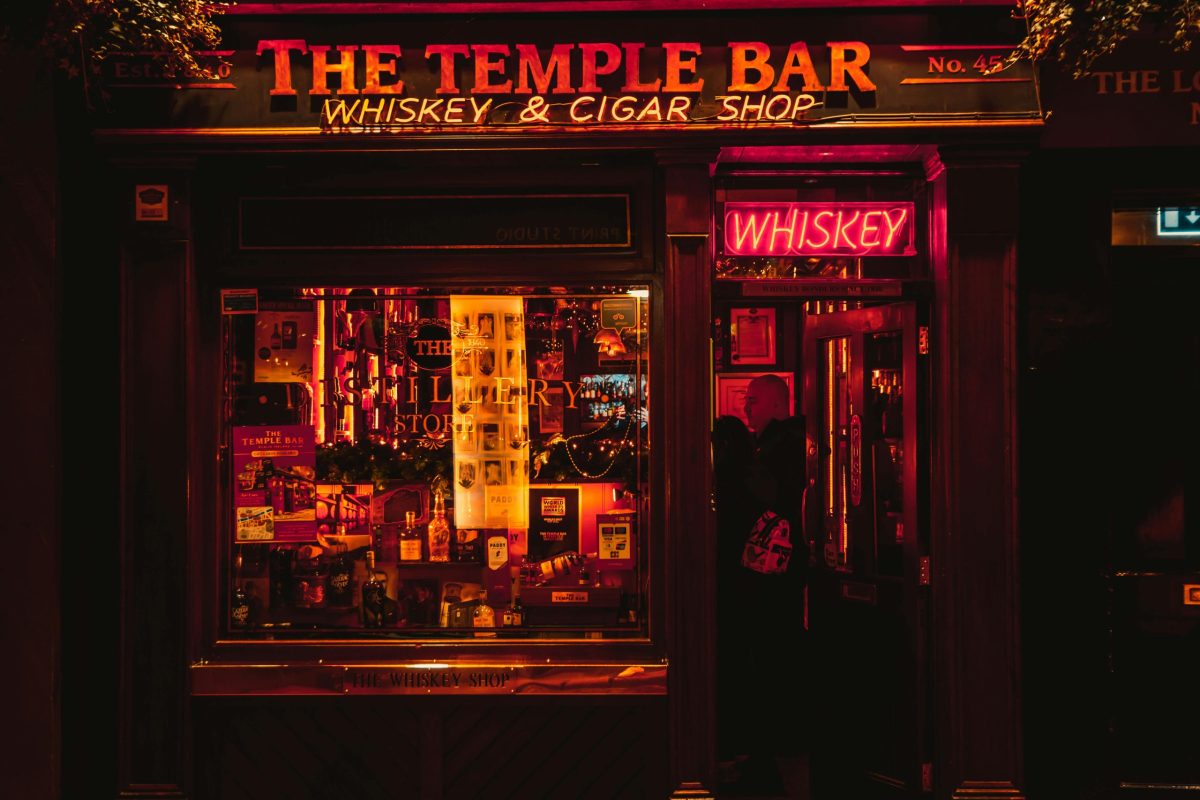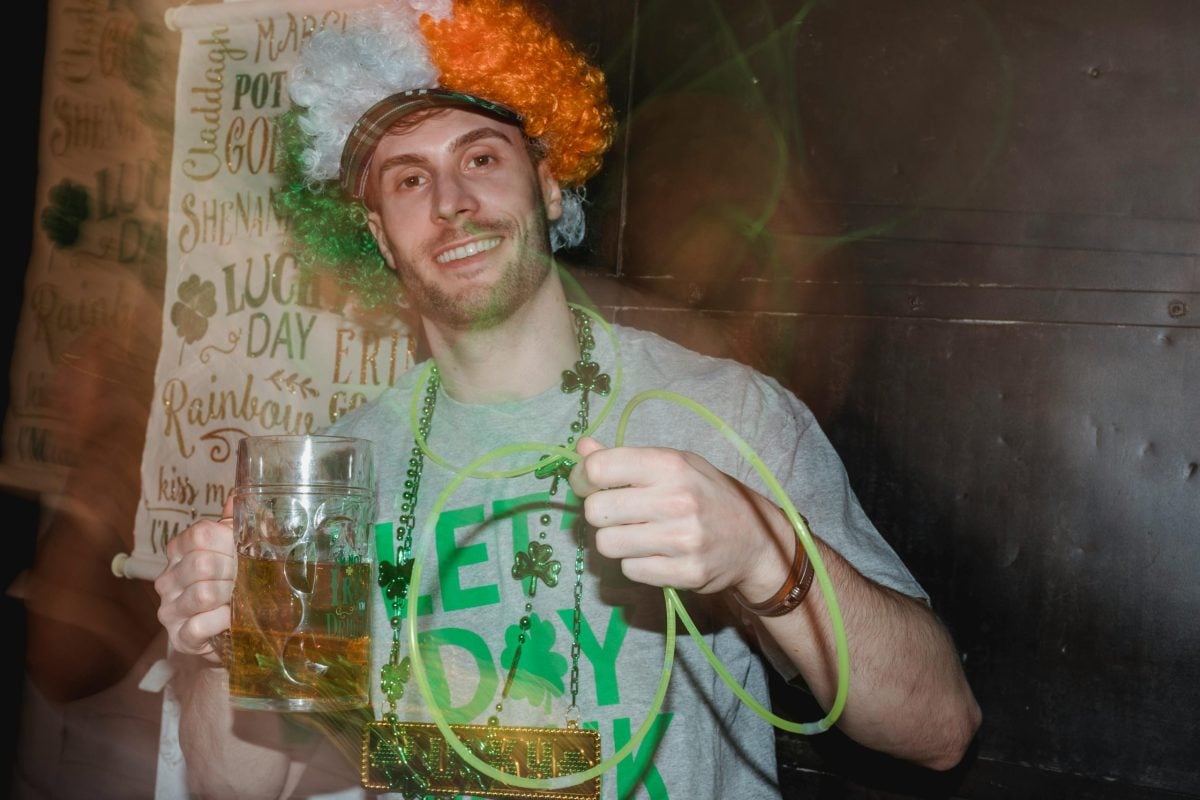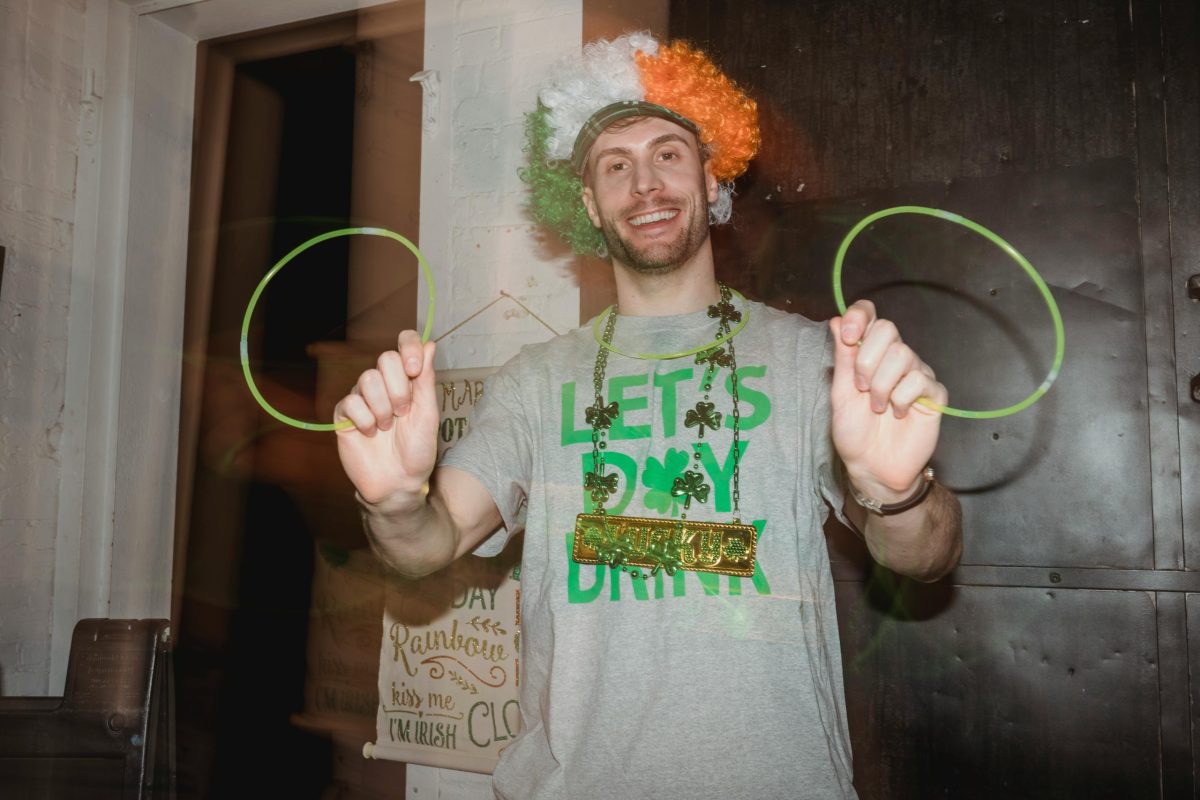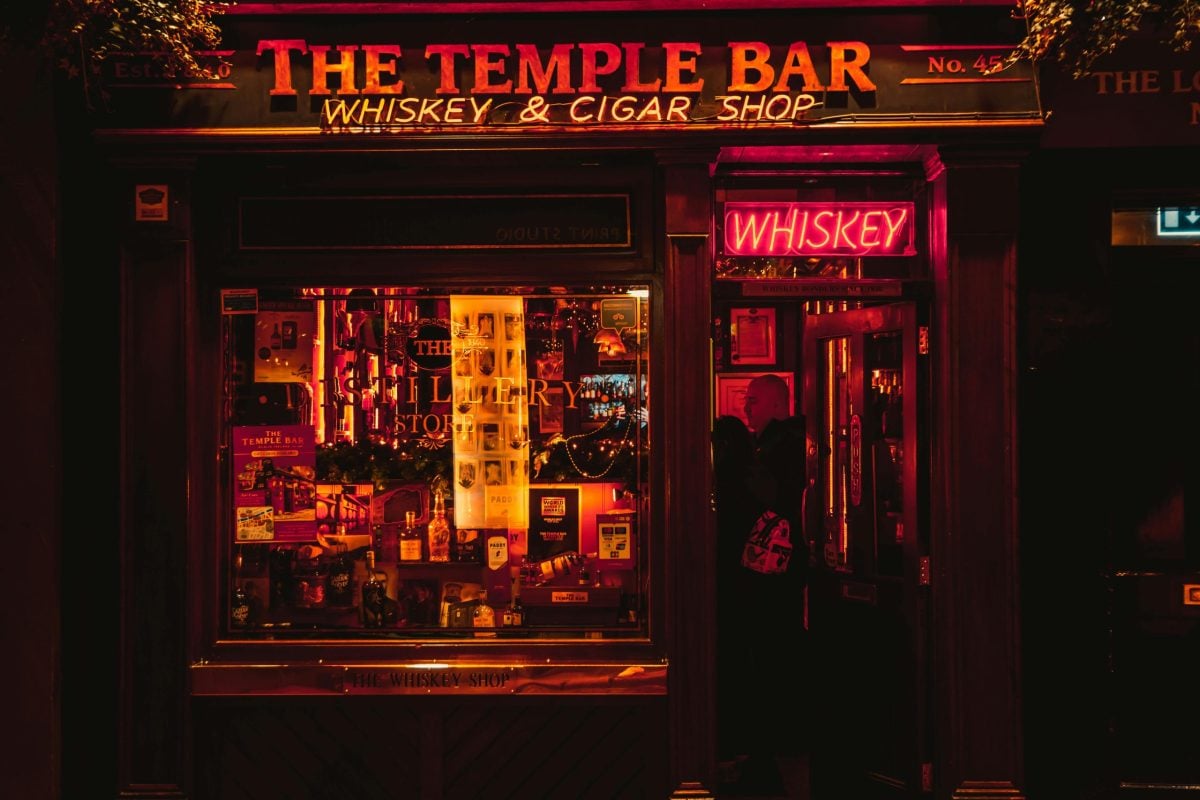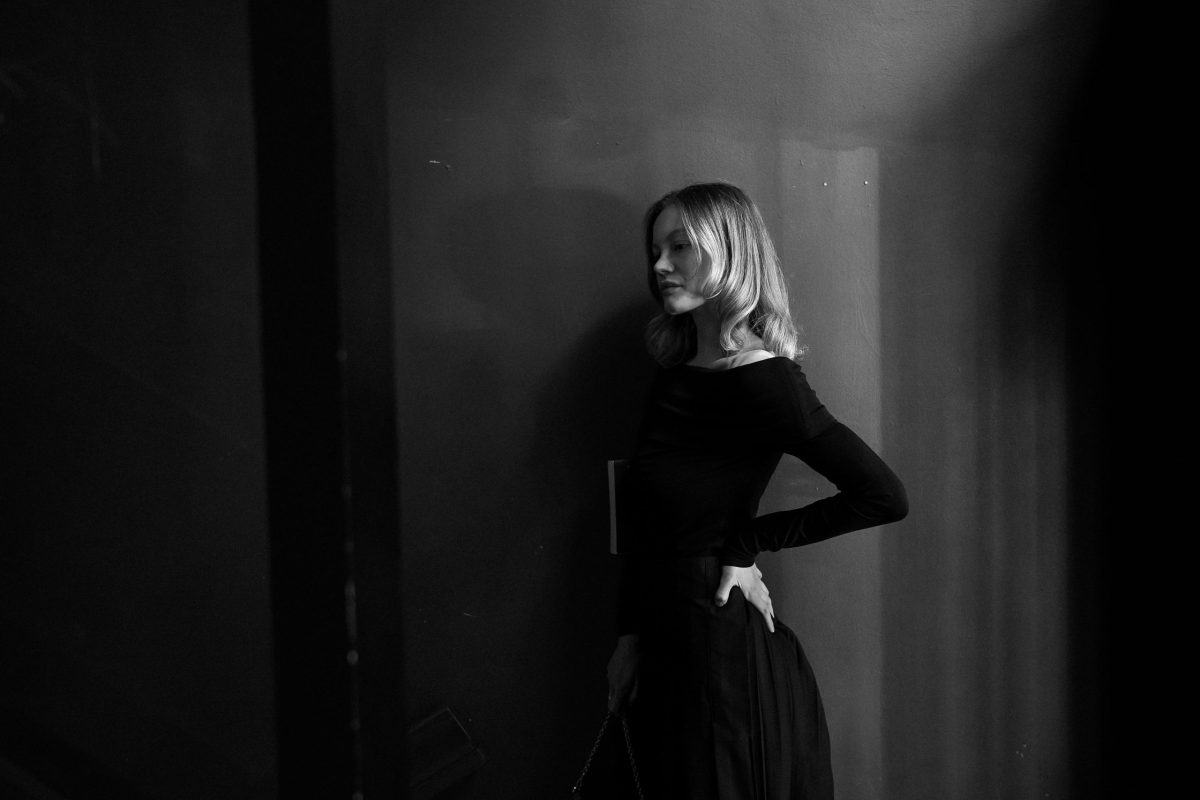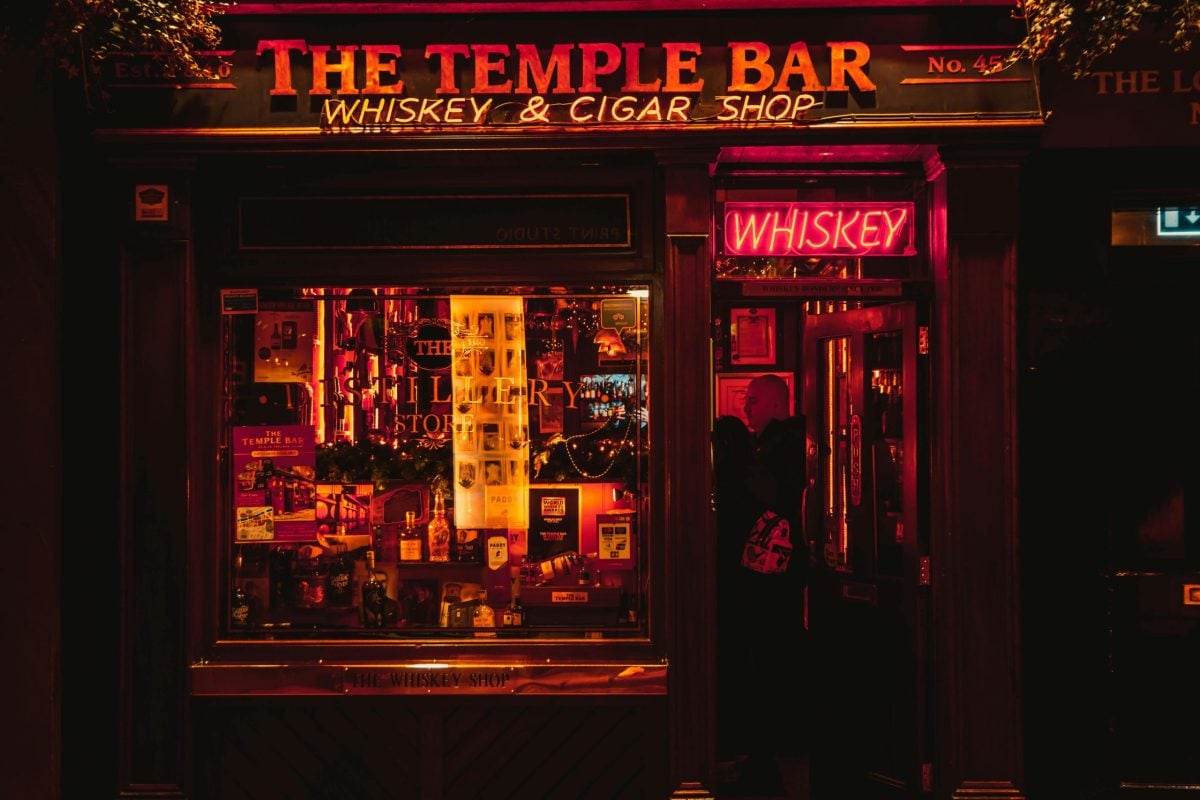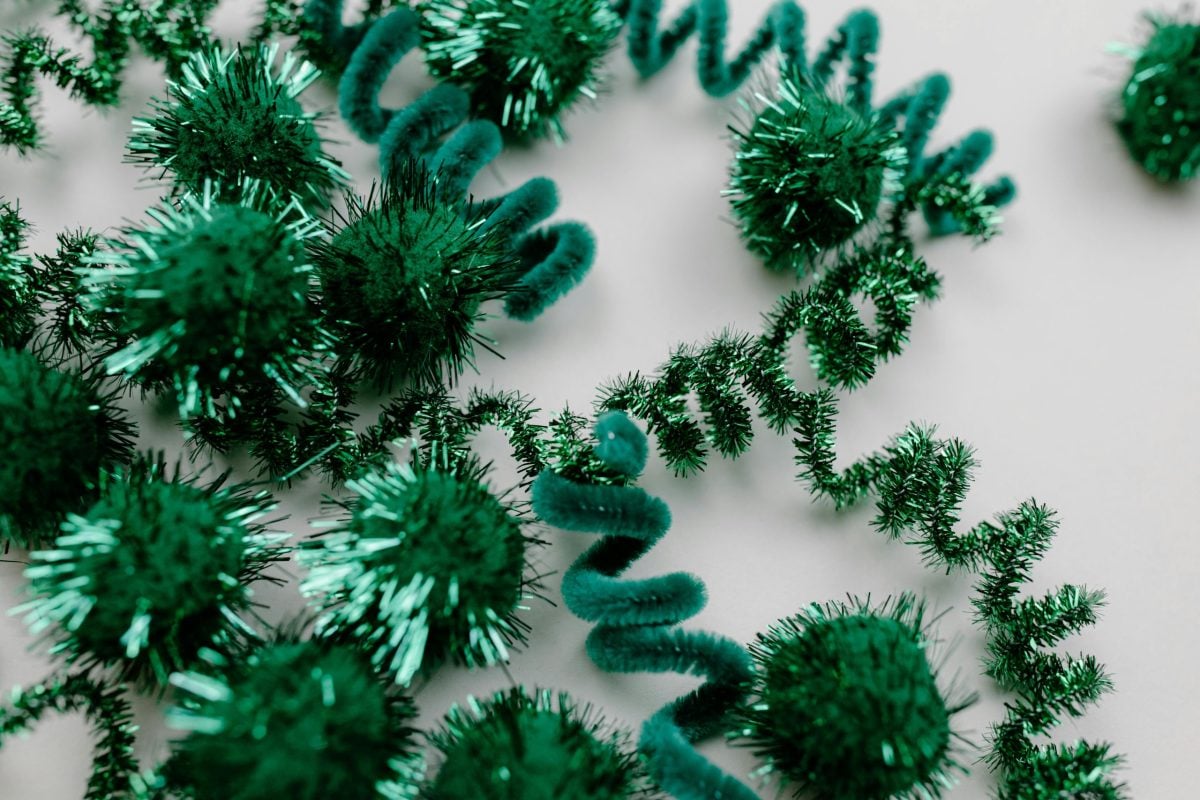🇮🇪 “Celtic Connections: How Irish Music Became a Global Anthem for Rebellion and Resilience”
Estimated reading time: 7 minutes
Key Takeaways
- Irish music has played a vital role in expressing themes of rebellion and resilience.
- The diaspora carried Irish musical traditions across the world, fostering connections.
- Modern artists are revitalizing and reshaping Irish music for new audiences.
Table of Contents
Introduction
Echoes of a Hard Life
The Wider Echo
The Now & The Next
Did You Know?
FAQs
Final Word
Introduction
Ah, music. The wind beneath our wings, the clanging drums of our restless hearts! Irish music, with its haunting melodies and rallying refrains, has been more than mere entertainment; it’s been a battle cry, a shoulder to cry on, and a stubborn promise etched in stone. From the smoke-filled pubs of Dublin to the raucous nightlife of New York City, Irish songs have navigated tides of change, capturing the very essence of rebellion and resilience. So, gather ’round, dear reader. Let’s share a tune or two as we unravel the story of how our music became a global anthem that resonates with all who share our stubborn spirit.
Echoes of a Hard Life
Picture this: a tight little cottage in Kerry, where the embers flicker low and the walls seem to hold the weight of whispers from long ago. It’s the late hours when the world outside grows quiet, but inside, the pulse of a bodhrán strikes a rhythm that refuses to surrender. Here, among the warmth of family, stories swirl like the notes of an old sean-nós song. They sing of love lost, of battles won, and of bitter nights when hope seemed a distant dream. This music, crafted from hardship, rose from the ashes of oppression, breathing life into the souls burdened by history.
The Wider Echo
But our song isn’t just for the fireside; it traveled far and wide, a diaspora’s heartbeat. Irish emigrants jammed into the hold of ships bound for America carried more than their belongings; they carried the music of their homeland. A song like “The Foggy Dew” turned from a quiet lament to a roaring revolutionary anthem. With every note, it transcended borders, laying roots in distant lands and forming connections with those who yearned for home. Did you know that Irish music, especially the rebel ballads, has influenced countless movements around the world? From the mines of Pennsylvania to the streets of Buenos Aires, echoes of our tunes can be heard in the chants of those fighting for justice.
The Now & The Next
And what of today? What of the young lads and lassies with headphones on the bus, tapping their feet to the pulsating rhythm of a new generation of artists, like Hozier or the Fontaines D.C.? They’re bringing the raw essence of Irish music back home, reclaiming the stories of their forebears while adding their own beats. The challenges may have changed — a housing crisis that weighs heavy on the shoulders of many — but the spirit remains unbreakable. So whether in a high-rise flat in London or a quiet corner of Tralee, the music binds us, lifting our spirits even in the darkest of times.
Did You Know?
- The Irish music scene is one of the most vibrant across the globe, with traditional and modern sounds intertwining in a celebration of our rich heritage.
- In a recent study, it was found that participation in musical activities significantly improves mental health and well-being, a testament to the power of music in our lives.
FAQs
What are some popular Irish rebel songs?
Many songs like “The Parting Glass” and “The Rising of the Moon” echo the struggles of our past while stirring a sense of pride. They serve as reminders that our history is rich and worth celebrating!
How can I experience traditional Irish music today?
Whether in Ireland’s bustling pubs or at local festivals abroad, seek out those late-night sessions! They’re filled with laughter, camaraderie, and melodies that will stay with you forever.
Final Word
So here we stand, not just as spectators of our rich musical heritage, but as participants in the ongoing ballad of resilience and rebellion. Let’s carry this torch of our tradition into the future, lighting the way for generations to come. If you carry the same pride we do, you’ll find a piece of home waiting at
HubIrish.com.


